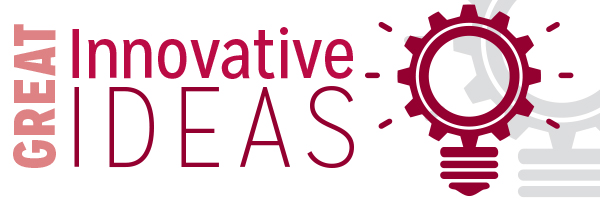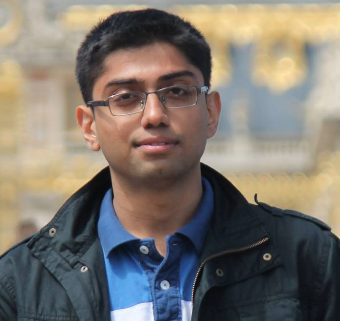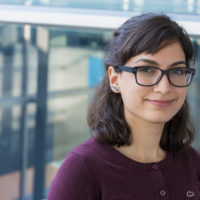Spreading Awareness about HIV Among Homeless Youth Using Artificial Intelligence
 The following Great Innovative Idea is from Amulya Yadav, a fourth-year Ph.D. candidate in the Computer Science Department at the University of Southern California (USC). Yadav was a co-organizer of the Computing Community Consortium (CCC) AAAI Symposium on AI for Social Good on March 27-29, 2017.
The following Great Innovative Idea is from Amulya Yadav, a fourth-year Ph.D. candidate in the Computer Science Department at the University of Southern California (USC). Yadav was a co-organizer of the Computing Community Consortium (CCC) AAAI Symposium on AI for Social Good on March 27-29, 2017.
The Idea
HIV-AIDS kills 2 million people worldwide every year. In USA alone, AIDS kills around 10,000 people per annum. This dangerous disease has an extremely high incidence among homeless youth, as they are more likely to engage in high HIV-risk behaviors (e.g., unprotected sexual activity, injection drug use) than other sub-populations. In fact, previous studies show that homeless youth are at 10X greater risk of HIV infection than stably housed populations. As a result, many homeless shelters organize intervention camps for homeless youth in order to raise awareness about HIV prevention and treatment practices. These intervention camps consist of day-long educational sessions in which the participants are provided with information about HIV prevention measures.
Unfortunately, these shelters do not have enough financial resources to spread awareness to every homeless youth in their geographical region. Instead, they try to maximize the spread of awareness among the target population (via word-of-mouth influence) using the limited resources at its disposal. Our idea was the following: Can we develop AI based algorithms which can harness the friendship based social network of the target homeless youth population to strategically choose participants of intervention camps in a way which maximizes the spread of awareness about HIV among homeless youth in the real world? In my research, we have developed two different algorithms to solve this problem for homeless shelters in Los Angeles. Our algorithms use sequential planning models like POMDPs (Partially Observable Markov Decision Processes) and game theoretic reasoning to select the “most influential” homeless youth as attendees of our interventions.
Impact
We have actually tested our algorithms in the real-world with 173 homeless youth in Los Angeles based homeless shelters to see if they are of any use. Our results show that our algorithms outperform state-of-the-art methods in current use at homeless shelters by over 185%: i.e., our algorithms are able to strategically select influential homeless youth who can spread awareness to 185% more homeless youth. 35% more people started getting tested for HIV more regularly when interventions were deployed using our algorithms (as compared to interventions deployed with previous state-of-the-art). This shows the potential impact that our algorithms can have in reducing rates of HIV spread among homeless youth. Eventually, we hope our algorithms can de deployed nationwide (even worldwide) in order to protect the lives of thousands of homeless youth.
Other Research
I also do research on explainable systems, i.e., systems which can generate automated explanations for solutions generated by an algorithm. The need for this project arose when we were deploying our influence maximization algorithms in the real-world with homeless youth. We realized that when we asked homeless shelter officials to call in a set of homeless youth for our intervention, they always found our recommended youth to be counter-intuitive. Often, they had a different set of homeless youth whom they thought were “influential”. This led to the realization that if we ever want to deploy our algorithms nationwide with many different homeless shelters, then we need to develop an explanation system which can automatically explain the solutions of our algorithm to homeless shelter officials. This helps shelter officials in developing trust in our algorithms so that they are more confident in using our algorithms.
Researchers’ Background
I am a Ph.D. candidate in the Computer Science Department in the Viterbi School of Engineering at University of Southern California (USC). Prior to joining USC, I completed my Bachelors in Technology (B.Tech.) in Computer Science and Engineering from Indian Institute of Technology, Patna. My research interests lie in social networks, influence maximization and algorithms for sequential planning under uncertainty. I am also interested in computational game theory and mechanism design. My paper titled “Using Social Networks to Aid Homeless Shelters: Dynamic Influence Maximization under Uncertainty” won the Best Student Paper Award at AAMAS 2016. My paper titled “Influence Maximization in the Field: The Arduous Journey from Emerging to Deployed Application” was nominated for Best Paper at AAMAS 2017. I have won the Best Research Assistant Award at USC for 2017.










